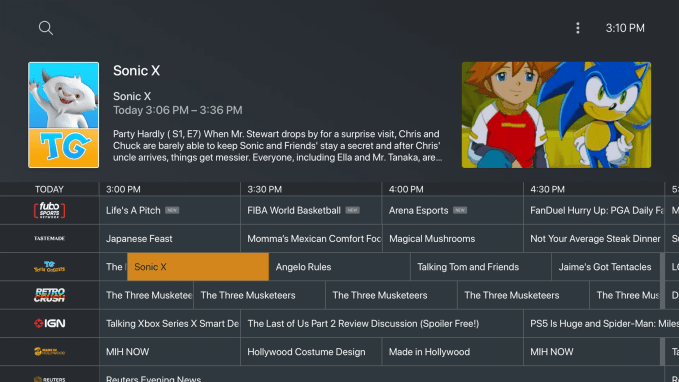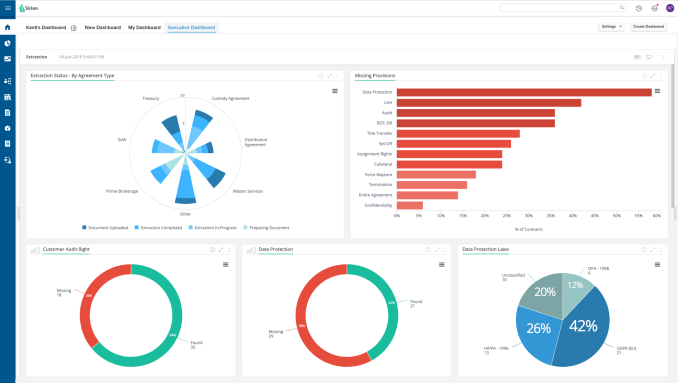Waze upended the world of navigation when it took the approach of blending basic mapping data with crowdsourced feedback on the best routes, annoying traffic and other road conditions. Now, one of the founding employees of Waze is applying a similar concept to the world of healthcare.
StuffThatWorks, an Israeli startup that has built a platform for people look up various health conditions, and then contribute their own experiences and treatment approaches while researching what others have done, has raised $9 million in a seed round from Bessemer Venture Partners, 83North, and Ofek Ventures.
Even though this is the first funding its announcing and the first time that StuffThatWorks is getting its name out there, the startup has been quietly building its audience of users through word of mouth, specifically through tapping other networks where people are congregating to talk about health issues, such as Groups on Facebook (about half of which, it turns out, are related to medical conditions). To date, and with relatively little effort, it has amassed nearly 180,000 contributors around 110 conditions, totalling nearly 10 million data points.
The challenge that StuffThatWorks is tackling is the problem and prevalence of chronic conditions.
Yael Elish, the co-founder and CEO, estimates that there are about 10,000 chronic conditions that have been identified to date in the world of medicine, but only about 40 of them have had really extensive research and established treatments. That leaves a long tail of “orphan” rare diseases and conditions that simply have not had a critical mass of affected patients, and subsequent attention and funding from the world of medicine, to be properly addressed.
On top of that, there to date has been no centralised, organised place where you can go to look at real world evidence and patient-reported outcomes related to them.
Elish discovered this issue first-hand when her daughter developed a chronic condition, and it was through trawling a number of community forums and other resources — none of which are really optimised for data extraction, and much more for just sharing anecdotal moments — that she started to discover other people with the same condition and to see the different approaches various doctors were taking to help them.
One day, she managed to come across a treatment she hadn’t seen before, which helped her daughter, but it could have just as easily eluded her.
“That was my a-ha moment,” she said.
She was still working at Waze at the time, which had by that point been acquired by Google. But she realised the opportunity of how to apply some of the crowdsourcing dynamics that had been used to build Waze’s data set to this conundrum, to build a centralised place, a repository for patient-generated experience and knowledge that could be shared with others facing the same problems as them.
She eventually left and founded StuffThatWorks with two others, CTO Ron Held, and Chief Data Scientist, Yossi Synett. Held, a trained mathematician, is a former head of an IDF intelligence team. And Synett is an expert in machine learning, AI, and hands-on analysis, and between the three of them, they have built an AI platform that ingests lots of data points, combines them into actionable data for people to use, and lets them — the users — build out more frontiers in that effort.
The interface for building up the StuffThatWorks’ dataset comes in the form of a series of questions that people answer. These, Elish makes it clear, are not multiple choice but intentionally left for people to answer in their own words, so that people have the chance to really express themselves and be as accurate as possible.
“That was important, for the crowdsourcing to be successful,” she said. Natural language algorithms “read” the responses and help to start ordering the data, and weeding out what might be aberrant (accidental or otherwise) inaccuracies — just like we’ve seen with Waze.
The premise is that people are opting in when they provide their data, and you can post anonymously — just as with Waze — but in any case it remains anonymised in the company’s platform and you can remove it yourself at any time. However, the company also says it collaborates with “a limited number of researchers, medical organizations, and patient advocacy groups on Patient Reported Outcome (PRO) research” so caveat emptor on how and if that will pose longer-term issues in terms of data protection.
The data then goes through a series of “stretch goals” as it were as it grows: First the condition is established with a profile on StuffThatWorks. Then after 100 contributors, you can start to see initial insights about the condition including age of onset, symptoms, aggravating factors and treatments can begin to be shared and browsed. After several hundred, the machine learning starts to be able to rank different treatments by effectiveness. After thousands of contributors the algorithms are able to predict for you the visitor what the most effective treatments might be for you.
Other startups have started to explore how to leverage the power of AI, crowdsourcing and simply the internet to better tackle the issue of the vast amount of permutations that exist with chronic and unsolved conditions. RDMD, itself founded by Onno Faber, who suffered from his own rare condition, also uses crowdsourcing to help connect people with rare conditions to researchers who are developing drugs and treatments to address them, bypassing some of the same walled gardens that StuffThatWorks is addressing in its efforts.
Others like Paige are applying AI to “read” and better understand cancer pathology, which has its own vast trove of permutations, foxing many attempts to treat it across the wider population.
The bigger challenges still remain, of course, but these types of approaches feel like a critical step to trying to address them.
“With more than half of the world’s populations suffering from at least one chronic condition, chronic illness is a rapidly growing global epidemic, ” said Adam Fisher, partner at Bessemer Venture Partners, in a statement. “We believe that StuffThatWorks can not only help millions of people get access to valuable knowledge on treatment effectiveness but also disrupt and innovate the way data from patients in the real world is collected and analyzed today.”’






